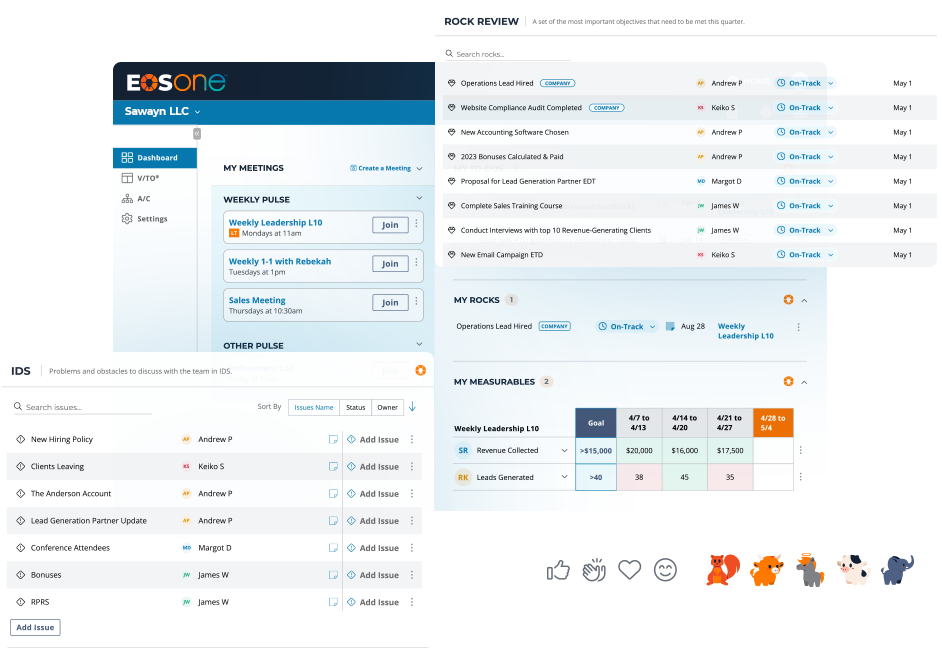
“Not finance. Not strategy. Not technology. It is teamwork that remains the ultimate competitive advantage, both because it is so powerful and so rare” – Patrick Lencioni, The Five Dysfunctions of a Team.
I find this start to the Five Dysfunctions of a Team so interesting when I look back over my career designing multi-million dollar racing yachts, because I directly experienced the truth of this statement, on multiple occasions.
“Not finance”: I certainly worked on teams that had the financial resources we needed. It was not uncommon for America’s Cup teams to go through $100M in their attempt to win the trophy, but only one team at each regatta would prevail. In Formula 1 the annual budget cap is $140M for each team, and there are 10 teams, only one of whom will win.
“Not strategy”: I don’t know about your experience, but I’ve certainly experienced leadership groups sitting around the table coming up with great strategies for growth, and then finding over time, they fall by wayside and fail to be achieved. How many strategic plans sit on shelves gathering dust? Having a great strategy by itself is not a panacea for business growth.
“Not technology”: What does Patrick mean, “not technology”? Oh no! I spent my career designing and developing technological advantages to help our client teams win. Looking back, I see now the right technology was a platform that allowed the right team to excel, but the fastest boat in the world didn’t perform to its potential when the team driving it didn’t perform to theirs.
So, we have teamwork as the ultimate competitive advantage, and how might we go about building the best team to take us to the next level?
Here are three practical steps:
-
Get the right people on the bus (or yacht in my day).
Jim Collins spent years studying why come companies beat the market and some underperformed. In Good to Great he wrote “First who, then what”, meaning get the right people on the bus and then figure out where to drive it.
Who are the right people? Right people are ones who fit your organization’s Core Values. One of the most successful teams I ever worked with built their team intentionally, person by person, making sure each new team member was an absolute fit with the existing group around their values.
Stop hiring based on technical skills alone and start finding out who people really are during the hiring process. Walt Bettinger, the CEO of Charles Schwab, takes candidates out for breakfast, but arranges ahead of time for the restaurant to intentionally mess up the candidate’s order. Bettinger then sees how the candidate handles it as a show of character. Similarly, an old boss of mine took people out for a round of golf to see how they handle the inevitable frustrations of that game.
-
Get the right people in the right seats.
In EOS we use the Accountability Chart to define the right structure for the organization, and then the five major roles of each function in that structure. Then we teach our clients to match the skills and talents of their people to the roles in each seat using GWC.
GWC stands for Gets It, Wants It, has the Capacity to do it. Gets It means they innately understand what’s required for the position, when you explain it you can see the neurons connecting in their brain. Wants It means they roll out of bed in the morning wanting to come to work and fulfil the role, and Capacity to do it means they have the skills, talent, expertise and training to be really great at the job.
I still have vivid memories of a project I was on where I didn’t GWC my role. I was out of my depth and didn’t have the capacity to do what was being asked of me, so I was miserable. I wanted to quit. I didn’t, I persevered and we achieved some middling level of success with the project, but I made a vow to myself to never, ever, do that again.
If you are losing people, then it might be time to review whether you truly have the right people in the right seats in your team.
-
Get the team to perform.
Performance starts with trust. What is trust? It’s that feeling when you walk in the room that you can be open and honest, that the team has your back, and the decision making process is transparent (ie not opaque and political). An environment of psychological safety is essential here. Psychological safety is an environment where team members can raise their hand and call out an issue, ask a question, or say they need help, without fear of ridicule, embarrassment or being ostracized.
Creating that environment starts at the top.
One design team I was on had a senior leader who was not slow to criticize ideas or show why they wouldn’t work. Pretty soon most people shut up, leaned back, crossed their arms and withdrew. Why bother, right? Needless to say, I don’t count that team experience as a stellar one, and the project ended up failing spectacularly.
With trust comes the safety to open up, lean in and have passionate debate. This is the gold you need in your team, so everyone can help each other be their best.
With debate comes the feeling of being heard, which means people can commit to decisions, and with true commitment to decisions we are now able to see accountability in the team, and with accountability, we can get the team to focus on results. Focusing on results leads to the success we are looking for.
Focused on success
With these three steps you can strengthen your team and get them focused on success. The definition of a great team is a team that achieves what it sets out to, and has some fun along the way.
If you would like to know more detail about getting the results you want in your business, reach out, I’m here to help.


